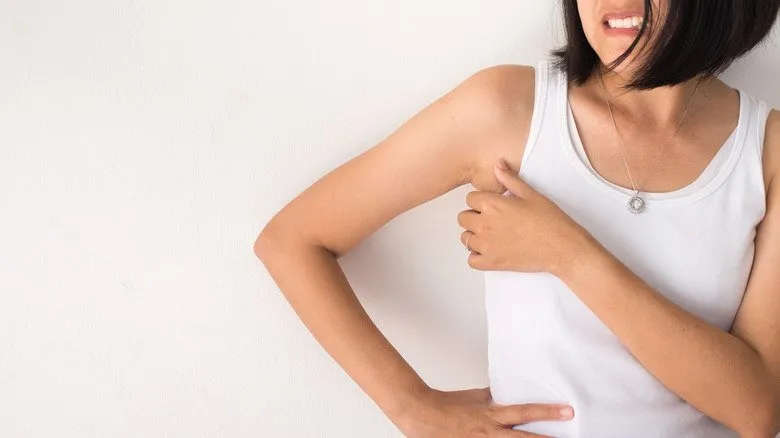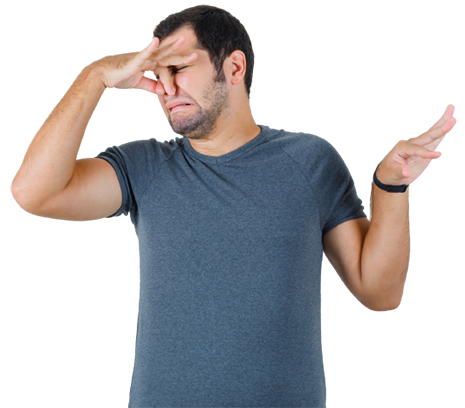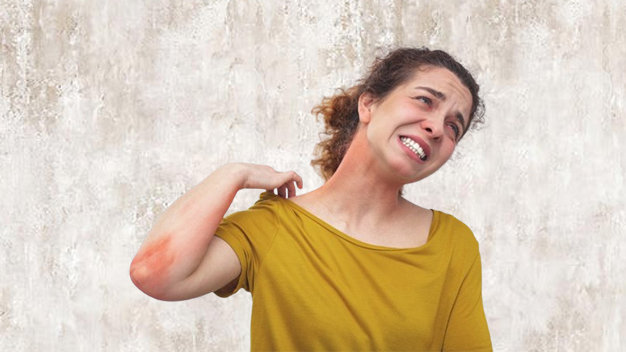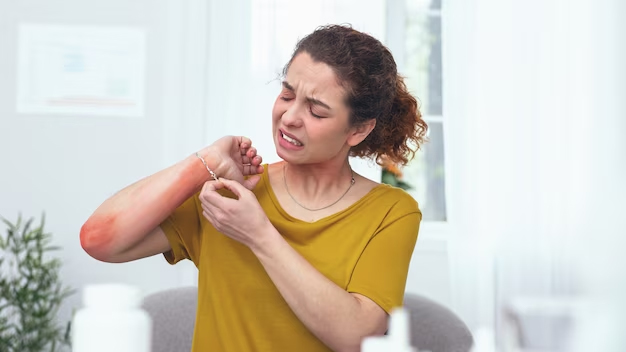On This Page
Bromhidrosis: Symptoms, Causes, Types, Do’s, Don’ts, Yoga, Ayurvedic Reference and Treatment : Complete Ayurveda Details
स्वेदोऽतिस्वेददौर्गन्ध्यकण्डूः II
Bromhidrosis is one of the most common body odor related condition. It is foul smelling of body associated with sweat. Normally perspiration do not cause any foul odor. Sweat, when combines with bacteria on the skin, it may produce a bad odor. Bromhidrosis can be prevented or treated by adopting better hygienic measures as well as by the intake of Ayurvedic medicines. Even though primarily it may cause only perceptional difficulties, if left untreated, it may lead to many complications like skin allergies, erythema etc.
Bromhidrosis can be taken as “Dourgandhya” according to Ayurveda. It is a condition caused by the aggravation of Pitta dosha. Pitta dosha in turn is aggravated by the use of hot and slimy food items, excessive anger, hot weather conditions etc. Ayurveda teachers have mentioned various treatment measures which can reduce Pitta dosha and thereby get rid of the condition “Dourgandhya”.
Causes of Bromhidrosis – Dourgandhya
- Non-hygienic lifestyle
- Anomalies in the function of sweat glands
- Other systemic diseases and
- Stress
Symptoms of Bromhidrosis – Dourgandhya
- Foul body odor
- Excessive sweating
- Sweating associated with itching
- Discoloration in sweat
Types of Bromhidrosis – Dourgandhya
It is mainly 2 types:-
- Due to lifestyle
- Due to errors in sweat gland function
In the body we have mainly 2 types of sweat glands. 1- Apocrine sweat glands and 2- Eccrine sweat glands.
The above mentioned types of sweat glands can lead to abnormal body odor, apocrine gland is predominantly responsible for bromhidrosis. Apocrine glands are located mainly under the arms as well as in the breast and groin areas. When apocrine gland releases sweat, it is colorless and odorless. Bacteria’s in the body break down dried sweat to give the foul smell and will lead to this condition. Eccrine glands are present all over the body and the same mechanism occurs when bacteria’s affects the released sweat from the eccrine glands.
Ayurvedic Reference of Bromhidrosis – Dourgandhya

Diagnosis of Bromhidrosis – Dourgandhya
Bromhidrosis is diagnosed on the basis of symptoms. It is easy to diagnose the condition based on the body odor.
Bromhidrosis, as mentioned earlier, is one of the commonest conditions occurring to the people living in hot weather environments. Foul body odor can lead to mental irritability as well as discomfort. The treatment aspects of the condition is based on severity. In some cases preventive measures itself are enough to get rid of the condition.

Bromhidrosis can be easily cured through numerous effective medicinal preparations developed by Institute of Applied Food Allergy®. IAFA is one of the most trustable and committed institutions in making the world a better place through its original and holistic approach. Dr. Gupta’s IAFA is providing very effective treatment for Bromhidrosis based on various research and studies.
Reach IAFA and get the real benefits!
– Dr. Sahil Gupta (B.A.M.S., M.H.A.)
Ayurvedic Allergy Specialist
CEO & Founder of IAFA®
At last, Easier Bromhidrosis Management

Trusted by
More than 90,000 Patients

Convenient
at-Home Treatments

9.2 / 10
Customer Satisfaction Score
Ayurvedic Management of Bromhidrosis – Dourgandhya
The main treatment protocol for the alleviation of bromhidrosis condition is reduction of Pitta dosha as well as maintaining a healthy lifestyle. IAFA have also additionally developed numerous methods based on the knowledge provided by the Acharyas in samhithas like Ashtanga Hrudayam and Charaka Samhitha.
The Treatment Procedures Includes:-
- Purgation with milk and grape juice
- Cleansing with Triphala
- Applying Ksheerabala oil on head.
Ayurveda Medicines for Bromhidrosis – Dourgandhya
- Chandanadi taila
- Yashti Triphala churna
- Chandanasava
- Sarivadyasava
- Chandrakala rasa
- Nisosheeradi kashaya
- Saptamrit loha
- Sarivadi vati
- Padmakadi kashayam
- Usheerasava
Single Medicinal Herbs Used for Bromhidrosis – Dourgandhya
- Yashti (Glycyrrhiza glabra )
- Amla (Emblica officinalis)
- Hareetaki (Terminalia chebula)
Diet Management in Bromhidrosis – Dourgandhya
Pathya (Do’s)
- Maintaining hygiene
- Food having room temperature ( not extremely hot or not extremely cold)
- Hearing melodies
- Spending time in nature
- Doing Yoga
Apathya (Don’ts)
- Unhygienic lifestyle
- Anger and stress
- Hot food items
- Spicy foods
Yoga Procedures for the Management of Bromhidrosis (Dourgandhya)
The expert physicians from IAFA have also discovered the utility of Yoga procedures in the ailments of Bromhidrosis. By doing Pranayama and asanas like:-
- Swasthikasana,
- Padmasana and
- Vajrasana on a daily basis, we can control Pitta as well as Sveda dushya which in turn benefits in this condition.
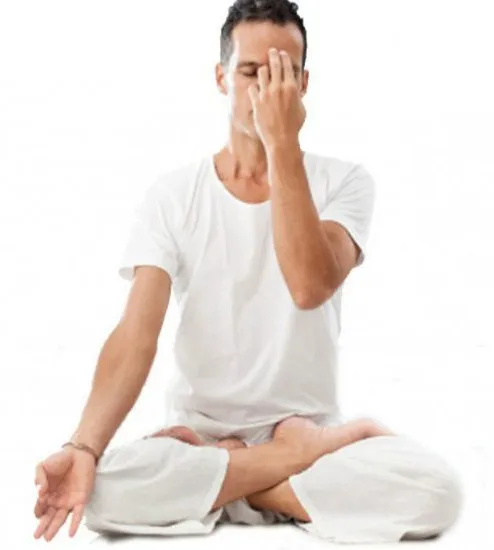
Frequently Asked Questions
Question: Can Ayurveda treatment help in Bromhidrosis?
Answer: Yes, Ayurveda helps in the successful management of bromhidrosis.
Question: Is there any treatment in Ayurveda for Bromhidrosis?
Answer: Ayurveda has internal as well as external treatments including Panchakarma for the successful management of bromhidrosis.
Question: Does Ayurveda have single herbs for the management of bromhidrosis?
Answer: Ayurveda has single herbs as well as classical herbal combinations for the management of bromhidrosis.
Question: What is bromhidrosis according to Ayurveda?
Answer: In Ayurveda, bromhidrosis can be compared to Dourgandhya which is caused due to the aggravation of Pitta dosha. It is caused due to the aggravation of sveda dhatu (sweat producing mechanism).
Question: What is the treatment of Bromhidrosis in Ayurveda?
Answer: Bromhidrosis can be easily and safely treated with numerous effective Ayurvedic remedies.
Question: How Ayurveda treats Bromhidrosis?
Answer: Ayurveda treats bromhidrosis by alleviating Pitta dosha as well as focusing on maintaining healthy lifestyle.
Question: What does bromhidrosis smell like?
Answer: Bromhidrosis is a foul-smelling body odour related to sweat. Perspiration itself actually has no odour. It’s only the sweat that encounters bacteria on the skin that a smell can emerge.
Question: How to prevent bromhidrosis?
Answer: Take daily bath with anti-bacterial herbal medicated soap. Focus on the areas that sweat the most like armpits or groin area.
References
- Shloka No. 13, Chapter 11 Doshadivijnaniya, Ashtanga Hrudayam Sutrasthana by Acharaya Vagbhatacharya.
- Shloka No. 26, Chapter 11 Dhoshadivijnaniya, Ashtanga Hrdayam Sutra Sthana by Vagbhatacharya.
- Tripathi B, Charak Samhita, Chaukhambha Surbharati Academy Publication, Varanasi, edition – reprint 2009, p. 243.
- Chunekar K, Bhavprakash Nighantu, Chaukhambha Bharati Academy Publication, Varanasi, edition – reprint 2009, p. 296.
Bromhidrosis is one of the easily manageable conditions if treated in proper time through Ayurveda. IAFA is one of the most trustable institutions in the Ayurvedic treatment field. Our consistent studies and researches have developed numerous effective medicinal preparations for the better management of a wide range of diseases including bromhidrosis.
Reach IAFA and get the real benefits!
Was this Page Helpful?
So IAFA Root Cause Treatment of Bromhidrosis is Just 3 Steps Away!

01. Connect With Us
Share your history of illness or Book your appointment

02. Consult With Us
Dr. Gupta a certified Ayurvedic Allergist Consultant

03. Root Cause Treatment
Get an accurate diagnosis, medicines, diet & lifestyle change
Bromhidrosis – Case Studies
Real Case Studies of Successfully Treated Patients from All Around the World by IAFA Ayurveda®
-
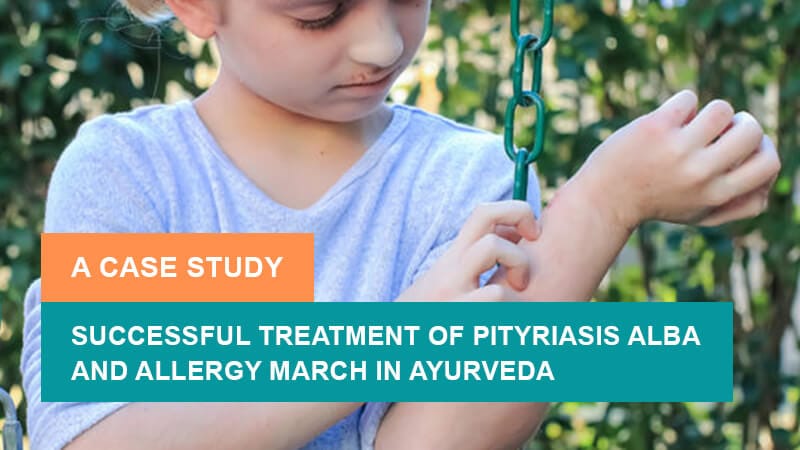
Successful Treatment of Pityriasis Alba and Allergy March in Ayurveda – A Case Study
It is a case study about successful treatment of Pityriasis Alba and…
-

Successful Treatment of Gallstones (Cholelithiasis) with Ayurvedic Medications – A Case Study
It is a case study about the successful treatment of Gallstones (Cholelithiasis)…
-
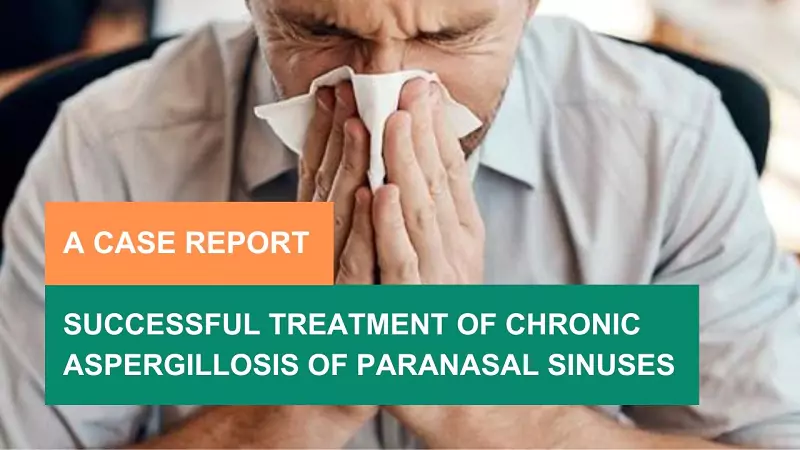
48-Year-Old Male Patient Got Relief from Chronic Aspergillosis of Paranasal Sinuses – A Case Study
Fungal infections can be treated with a high success rate by various…
-

6-Year-Old Child Patient Got Relief from Gluten Intolerance and Wheat Allergy – A Case Study
It is a case study of a 6-year-old Child Patient who got…

